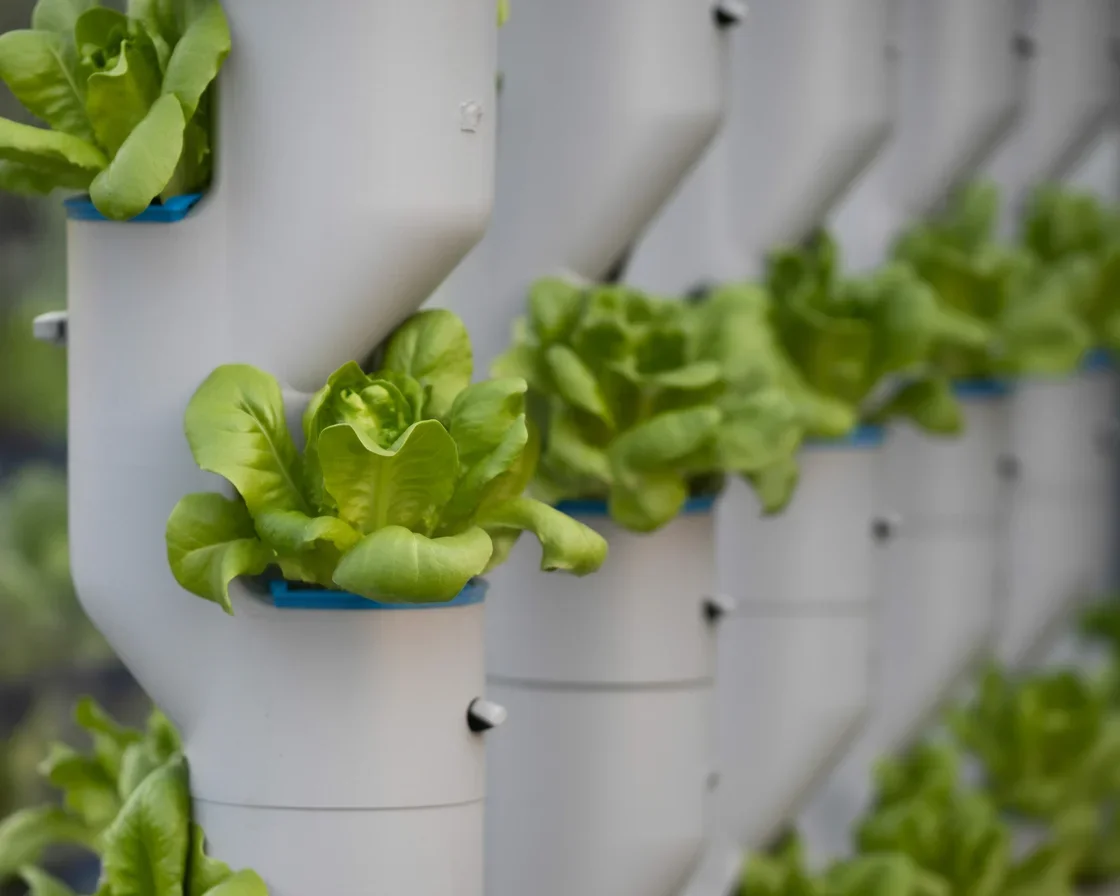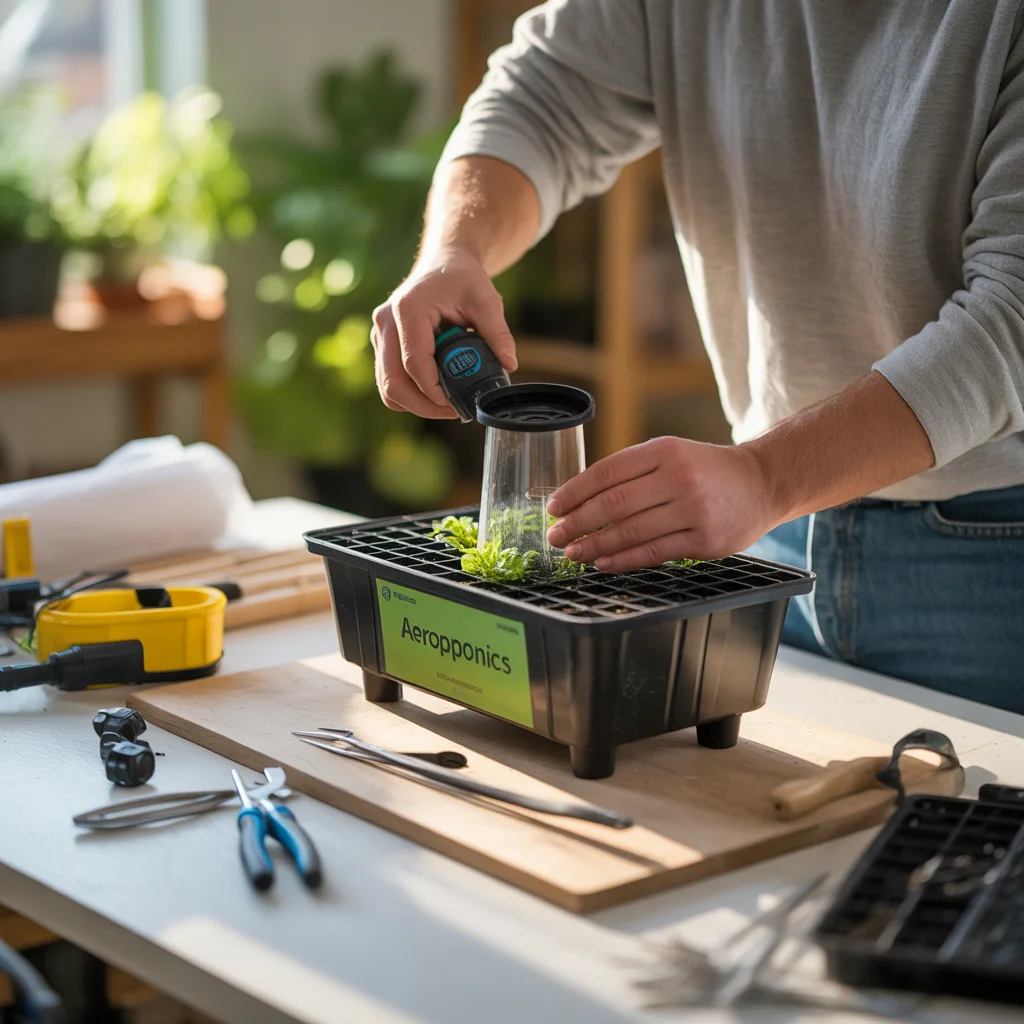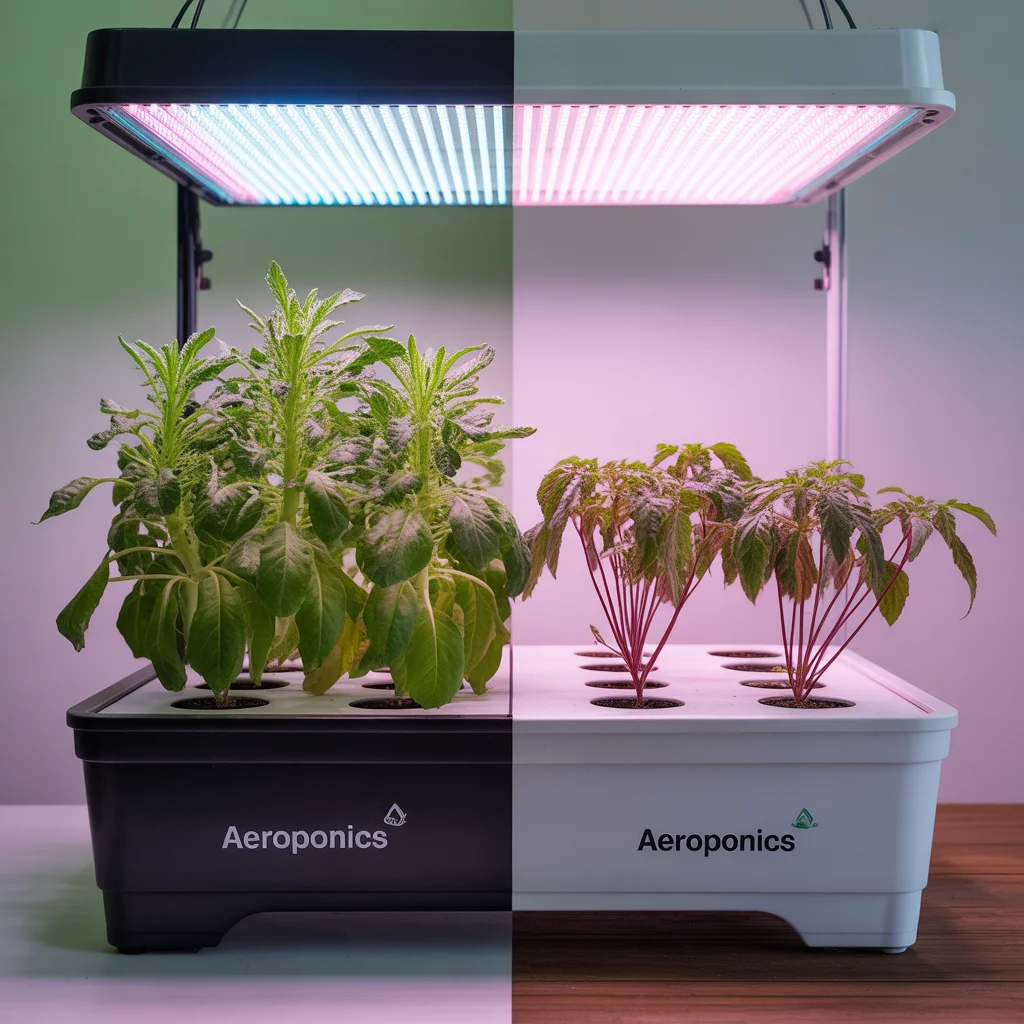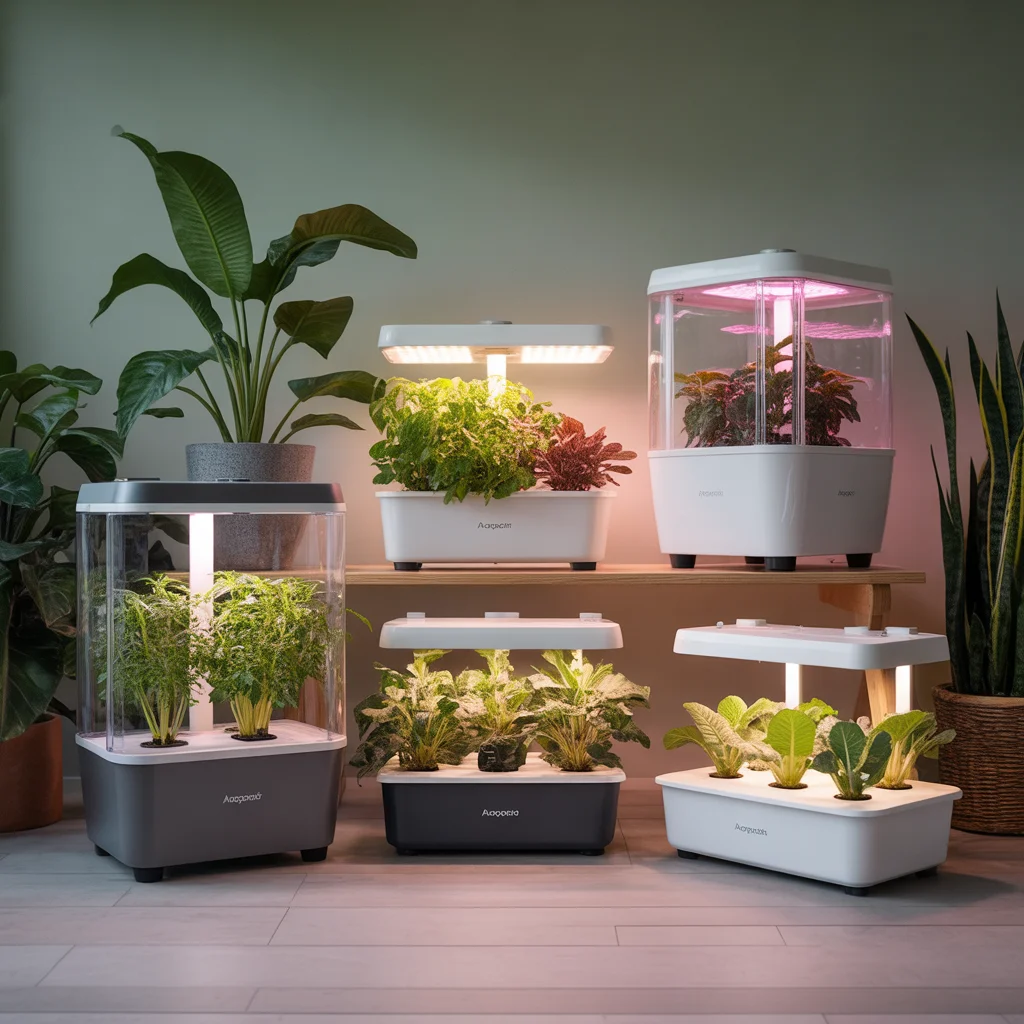You ever look at your basil plant dying in that sad cup of potting soil and think, “There has to be a better way”? Well, an aeroponics system kinda turns that gardening headache into a win. No muddy mess, no wrestling with bugs, just roots dangling in thin air and veggies practically leaping out at you. I started after reading about crazy space farms and then stumbled on this post about hydroponic systems and their benefits—game changer! (You might wanna peek at these hydroponic tower systems to grow food too, they’re wild).
Table of Contents
Methods of Aeroponics
Here’s what most backyard tinkerers (and astronauts, apparently) actually do:
- Mist the plant roots with nutrient solution instead of putting ‘em in soil or water buckets.
- Roots hang in air—no dirt, no fuss.
- Pumps and little sprayer thingies keep roots soaked (not drowned!).
- You can build fancy vertical towers, or just a bucket and mister setup.

Benefits and Drawbacks of Aeroponics system
Let’s be honest: some things just work better than others. Aeroponics is both wow and what-the-heck at the same time.
- Uses way, way less water than dirt gardening. Like, almost magical in dry places.
- Gets plants to grow faster. Tomatoes on steroids (well, not literally, but you get it).
- Pests become less of a pain, which still feels shocking to me.
- Downside? Equipment can be finicky. Pumps quit, and stuff clogs. Not always idiot-proof.

Types of Aeroponic Systems
Not all setups are created equal—some are so basic, some will leave your grandma shaking her head.
- High-pressure systems give a really fine mist, which makes plants extra happy (these are pricier).
- Low-pressure setups work (and are simpler), but you might lose some efficiency.
- Modular “tower” units fit on patios, sometimes even inside apartments.
| Type | Pros | Cons |
|---|---|---|
| High-Pressure | Best for bigger crops; ultimate growth | Costly, needs good pump |
| Low-Pressure | Cheap, good for beginners | Mist isn’t as fine |
| Tower Kits | Saves space; looks cool | More $ upfront, not DIY-ish |
The Science Behind Aeroponics
Okay, so, here’s the neat bit for anyone who geeks out about plant science—
- Roots breathe more when not waterlogged.
- Nutrient solution delivers food straight to root hair (aka the good stuff).
- Less risk of rot, waste, or all those squishy soil problems.
My lettuce ACTUALLY doubled in two weeks. Swear I’m not making that up.
“It’s wild—I ditched soil last May and now my kitchen smells like a farmer’s market, I love it!” – Jess in Kansas City
Aeroponics Applications in Space
Yep, we’re not just talking backyard salad bars! NASA’s used aeroponics to grow food in microgravity, so astronauts can dodge space rations.
- Roots floating in air? Ideal for weightless space gardens.
- Every drop of water matters—NASA’s big on conservation.
- Proof: Astronauts munched space-grown lettuce years ago (no joke).
What grows best in aeroponics machines?
Alright, the party’s mostly leafy.
- Herbs like basil, mint, cilantro—grow super lush.
- Lettuces and baby greens? So easy, it feels like cheating.
- Strawberries totally work, but bigger fruit and root veggies get tricky.

How does the aeroponic system work?
Not rocket science (unless you’re, ya know, building it for an actual rocket).
- Plant roots dangle inside a chamber or tube—no soil, period.
- Special spray nozzles mist roots every few minutes.
- A timer and pump keep the whole thing humming like clockwork (except for that one day mine got stuck—but that’s another story).
- A basic guide? Check this DIY tutorial for hydroponic lettuce systems for a kinda-close example.
Want some more detail? Here’s a deep dive about mastering hydroponics and aeroponics if you want to geek out.
How to Build an Aeroponics System (Step-by-Step Guide)
Aeroponics is a cutting-edge method of growing plants without soil or traditional hydroponic mediums. Instead, plant roots are suspended in the air and misted with nutrient-rich water, allowing for faster growth and efficient resource use. If you’re interested in building your own aeroponics system at home, this step-by-step guide will walk you through everything you need—from tools and supplies to estimated costs and total time required.
What You’ll Need
Tools:
- Drill with hole saw bit
- Measuring tape
- Utility knife
- Screwdriver
- Scissors
Supplies:
- 5-gallon bucket or plastic tote
- Net pots (2 to 4 inches in diameter)
- High-pressure misting nozzles
- PVC piping and connectors
- Submersible water pump (high pressure)
- Timer
- Tubing
- Hydroponic nutrient solution
- Seedlings or clones
- Opaque lid or cover
- Air stone (optional)
- Water reservoir
Step-by-Step Instructions
Step 1: Design Your System
Start by determining the size and type of aeroponics system you want. For beginners, a basic bucket or tote system with 4-6 plant sites is ideal. Sketch out your plan, including placement of misting nozzles, net pots, and pump tubing.
Step 2: Drill Holes for Net Pots
Using a hole saw drill bit, cut evenly spaced holes in the lid of your container. The holes should snugly fit your net pots, allowing them to sit securely while roots hang freely inside the container.
Step 3: Install the Misting System
Attach high-pressure misting nozzles to PVC pipes or tubing inside the container. Connect these to the submersible pump using flexible tubing. Position the nozzles so they can spray mist evenly across all root zones.
Step 4: Connect the Pump and Timer
Place the pump inside the water reservoir. Connect it to your misting system and plug it into a timer. Set the timer to activate the misting system for 5–10 seconds every few minutes. This mimics natural root hydration and promotes healthy growth.
Step 5: Add Nutrient Solution
Fill the water reservoir with a pre-mixed hydroponic nutrient solution according to the product’s instructions. Ensure the water level is sufficient for the pump to function but not too high to soak the net pots.
Step 6: Insert Plants
Place your seedlings or plant clones into the net pots with a small amount of growing medium (such as rockwool or foam collars). Ensure the roots are dangling freely in the misting chamber.
Step 7: Test and Monitor
Run the system and make sure the mist nozzles are spraying evenly. Monitor water levels, pH (ideal range is 5.5–6.5), and plant health daily. Adjust the misting schedule or nutrient mix as needed.
Estimated Time and Cost
- Total Time: 3–4 hours (including setup and testing)
- Estimated Cost: $60–$150 depending on size and parts quality
How often do you have to change the water in an aeroponic system?
I know, no one likes this chore.
- Every two or three weeks is the norm.
- Watch for any funkiness (smells, slime)—change it right away if that pops up.
- Keep water topped up, especially when it’s hot out or plants go full jungle-mode.
What can you not grow with aeroponics?
Some things just aren’t meant to float.so the things that you can’t grow in aeroponics system are:
- Potatoes, carrots, beets (those need lots of soil to dig around).
- Big trees or bushes are out—don’t even try.
- Watermelon? The vines might go, but the fruit gets heavy and awkward.
Conclusion
Ready to Try Aeroponics in Your Kitchen? (Or Garage, or Balcony…)
If mud and mystery bugs aren’t your jam, aeroponics might be perfect. Save water, harvest greens like you’re on a future farm, and skip schlepping bags of soil. Seriously, check out this easy DIY Aeroponics system video (it demystified the whole process for me) or let this guy show you how to build a simple aeroponics system. Want beginner tips for home setups? There’s more over at best home hydroponics systems for vegetables and herbs or this DIY aquaponics system easy 101 guide—both gems for newbies. You’ll have fresh basil, lettuce, maybe even strawberries, right next to your coffee pot. Try it. You might (okay, probably WILL) get hooked. 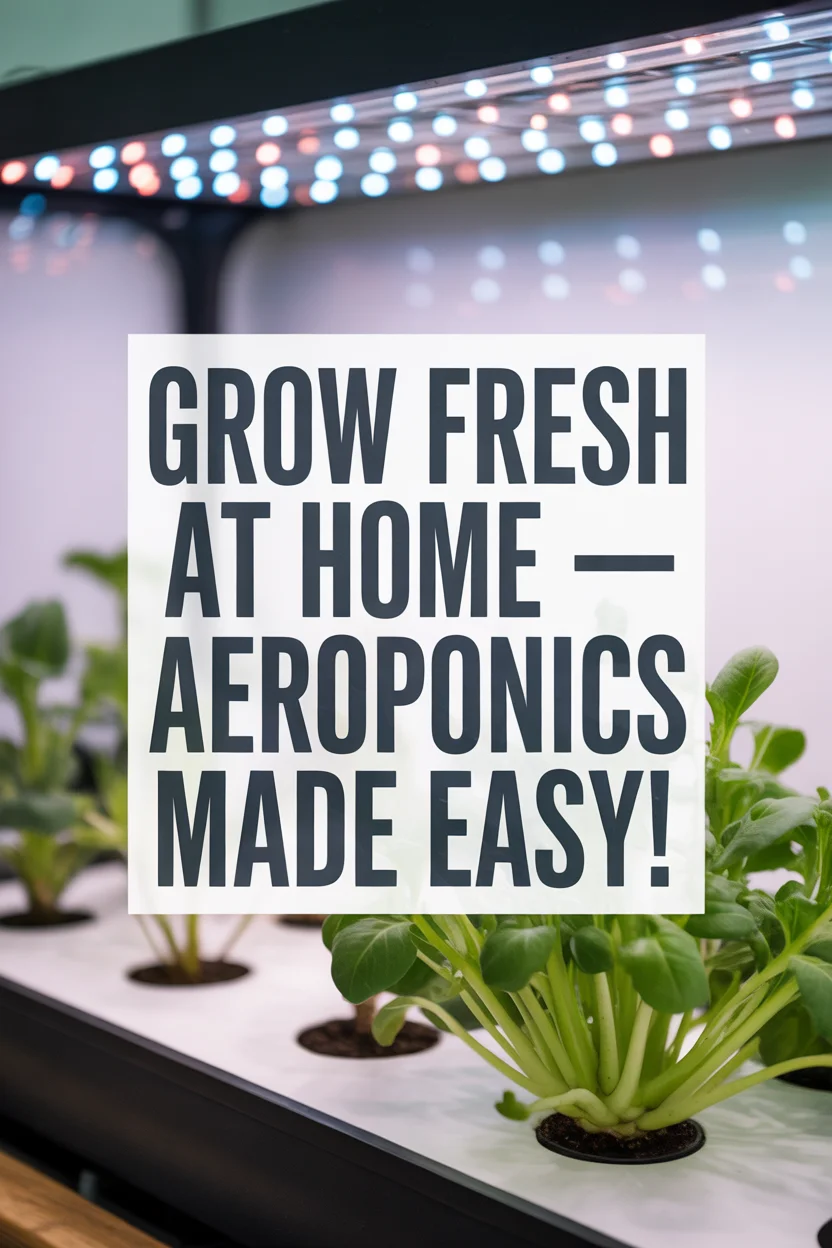
Frequently Asked Questions
Do I need special nutrients for aeroponics?
Yep! Regular plant food won’t cut it. Look for liquid nutrients made for hydroponics.
Will my system attract bugs?
Less than soil, but you still might see the odd gnat. Keep things clean and you’ll be fine.
Do I need grow lights?
If your setup’s indoors, probably. Sunlight works, but LED grow lights kick things up a notch.
Can I DIY the system or do I have to buy a kit?
You can totally build your own with buckets, pumps, and spray nozzles. Kits are just handier (and tidier—less cussing assembling stuff).
Is aeroponics expensive to start?
More than a bag of potting mix, less than a five-star restaurant meal. Savings add up, though—fresh greens on demand!
